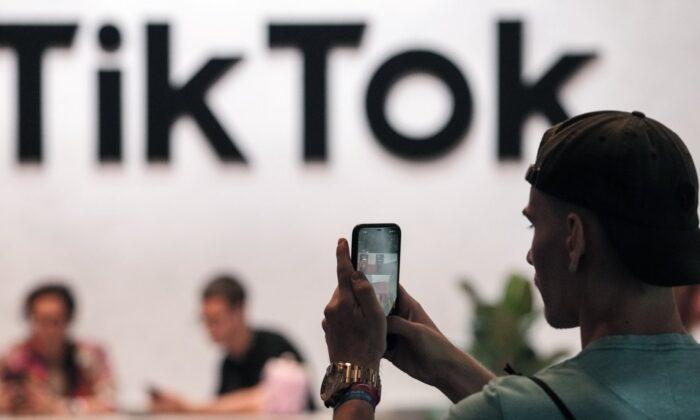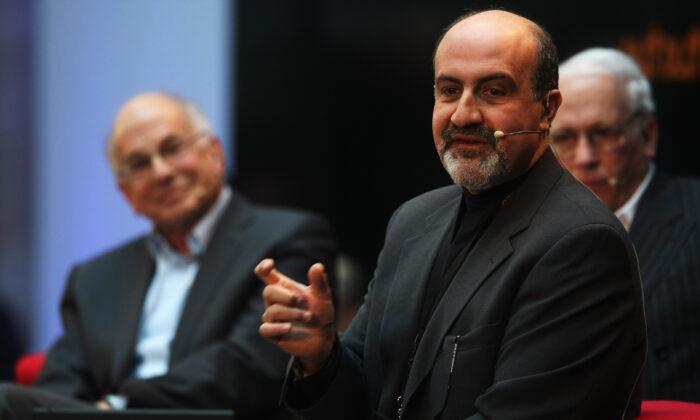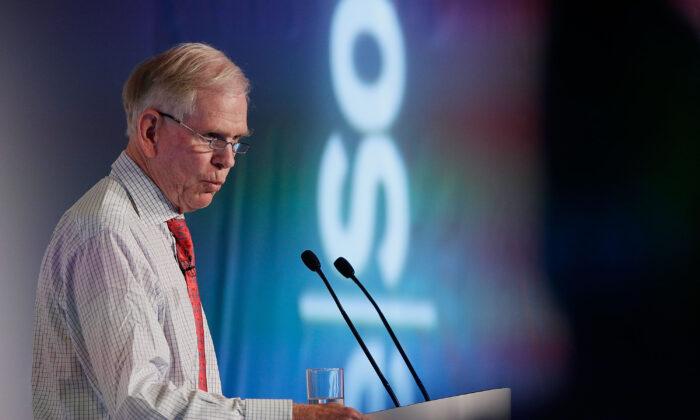The European Union adopted a new plan on Tuesday that will require all smartphones and tablets to use a common charging port, placing Apple under the gun to adapt and abandon its customary Lightning charging port or lose access to European markets.
The plan, which calls for all smartphones, tablets, and digital cameras to use the USB-C charger, was provisionally approved by negotiators in the European Commission, though it still requires formal approval in the European Parliament and the 27 constituent countries of the union.
“Today we have made the common charger a reality in Europe! European consumers were frustrated long with multiple chargers piling up with every new device. Now they will be able to use a single charger for all their portable electronics,” the European Parliament stated in its press release.
The policy aspires to make technology more convenient for consumers and reduce power waste by switching to more modern, energy-efficient chargers. The European Commission estimated that the new change would save consumers about €250 million every year, roughly equivalent to $267 million.
“A common charger is common sense for the many electronic devices in our daily lives,” said EU Internal Market Commissioner Thierry Breton in a statement. “European consumers will be able to use a single charger for all their portable electronics—an important step to increase convenience and reduce waste.”
Companies will have until the autumn of 2024 to make the necessary changes to these devices. The policy also includes provisions for laptops, for which manufacturers are given more time to adjust (the proposed regulation won’t apply to laptops until an additional 40 months after the new rules take effect).
The decision drew the ire of Apple, which has notably prioritized its own charger design (the controversial “Lightning” charging port) at the expense of cross-compatibility with other companies’ devices.
Apple first introduced the Lightning cable design in 2012, replacing the 30-pin dock connector familiar to an older generation of Apple device users. Though Apple has adopted a USB-C design for charging new MacBooks, it remains steadfast in keeping the Lightning cable for iPhones and other handheld devices.
The Lightning cable became the subject of controversy in 2016, when Apple announced that it would be removing the familiar headphone jack from its devices, requiring users to play personal music from Bluetooth-connected wireless headphones or from the Lightning port with wired headphones. Apple described the rationale for its decision with a mix of apologetics of improved performance.
To more cynical observers, the decision to remove the headphone jack was little more than a scheme to sell wireless audio devices. In addition to the popular and status-connoted Airpods, Apple is also the owner of Beats, which reigned as the largest manufacturer of wireless headphones at the time of the announcement.





